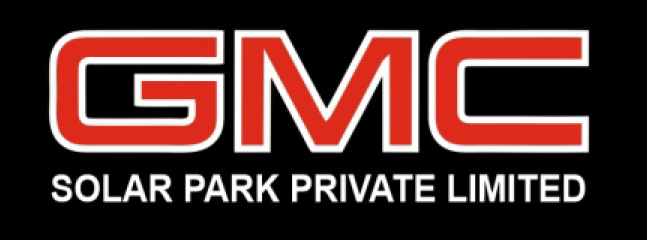Identifying Group Captive Consumers is an essential step in structuring a solar energy project for captive use, allowing stakeholders to take advantage of financial savings and regulatory benefits. we help clients identify, engage, and onboard group captive consumers to ensure a successful energy-sharing model under the Group Captive Scheme.
What We Do in Identifying Group Captive Consumers
1. Understanding Consumer Requirements
Assess potential consumers’ energy needs, consumption patterns, and long-term goals.
Evaluate the feasibility of meeting their energy demands through the group captive model.
Customize solutions to address the client’s operational and financial objectives.
2. Market Research and Consumer Identification
Conduct market research to identify potential group captive consumers such as:
Manufacturing industries.
Commercial establishments.
Data centers.
Large institutional facilities.
Target entities with substantial energy consumption and a focus on cost efficiency or sustainability.
3. Consumer Criteria for Group Captive Scheme
Evaluate consumer eligibility under the Group Captive Scheme as per regulatory guidelines:
Ensure consumers own at least 26% equity in the solar project.
Confirm that consumers will use at least 51% of the total power generated by the project.
Review financial and operational capabilities of potential consumers.
4. Business Proposal Development
Develop tailored business proposals highlighting the benefits of group captive participation:
Significant savings on electricity costs.
Reduction in cross-subsidy surcharges and transmission charges.
Long-term energy security and price predictability.
Include detailed projections of energy savings, financial models, and ROI.
5. Stakeholder Engagement
Facilitate discussions and negotiations between project developers and potential group captive consumers.
Ensure transparent communication to address questions related to investment, returns, and operations.
6. Equity Structuring and Legal Documentation
Assist in structuring the equity ownership model for group captive consumers.
Draft and review legal agreements, such as:
Shareholder Agreements (SHA).
Special Purpose Vehicle (SPV) Agreements.
Power Purchase Agreements (PPA).
7. Regulatory Compliance
Ensure compliance with group captive regulations under the Electricity Act and state policies.
Facilitate necessary filings and approvals from the regulatory commission.
8. Power Allocation and Billing Structure
Define the power allocation model for each group captive consumer.
Develop a fair and transparent billing mechanism based on power consumption.
9. Consumer Onboarding
Guide consumers through the onboarding process, including equity investments and agreement formalities.
Provide a seamless experience for integrating the group captive model into their operations.
10. Long-term Consumer Relationship Management
Maintain strong relationships with group captive consumers for ongoing satisfaction and operational support.
Share regular updates on energy generation, billing, and maintenance activities.
Benefits for Group Captive Consumers
Cost Savings: Lower electricity costs compared to utility tariffs.
Sustainability Goals: Access to clean and renewable energy.
Energy Security: Long-term price stability and predictable energy supply.
Regulatory Benefits: Exemption from certain charges, such as cross-subsidy and additional surcharges.


